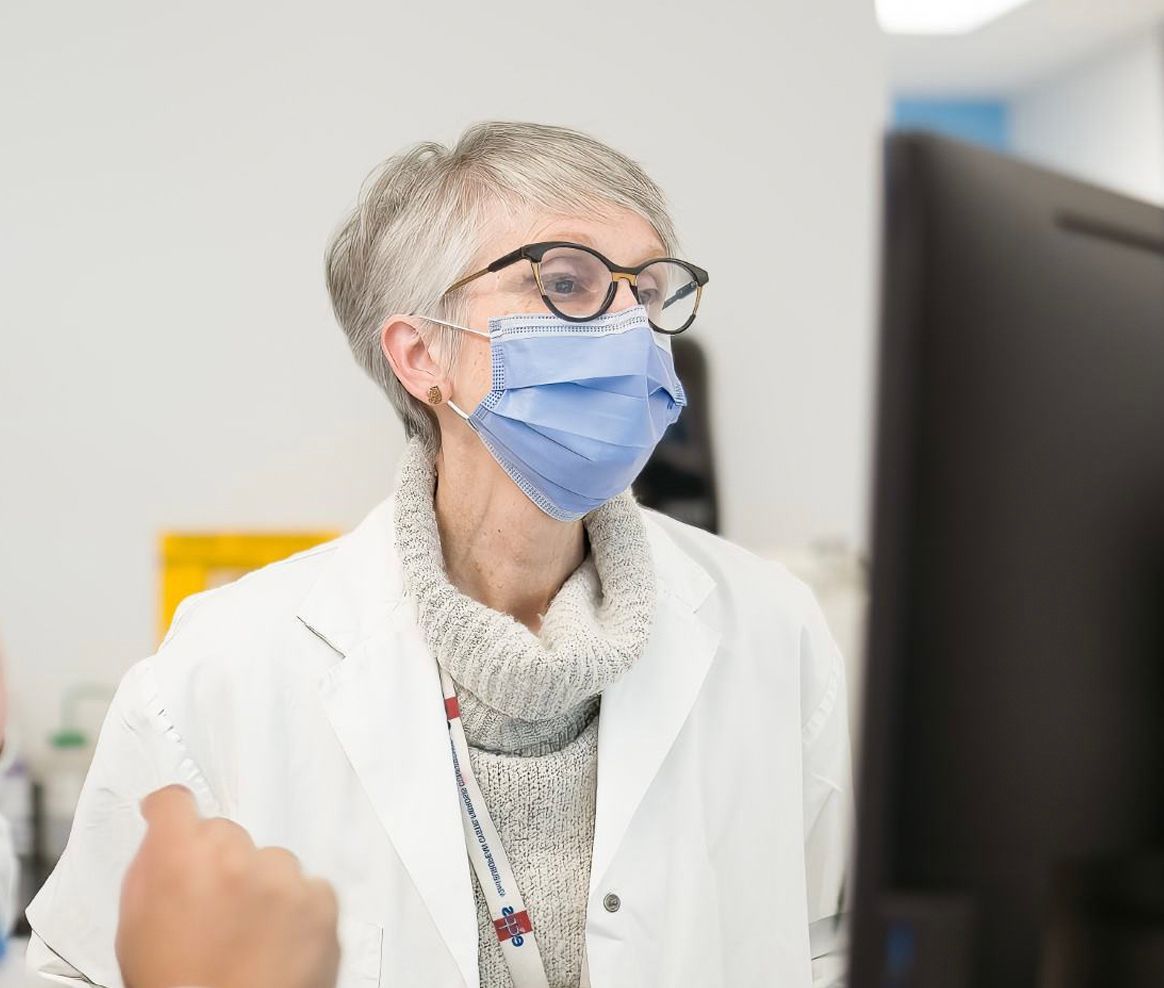Dr. Christine Bear is a researcher at the Hospital for Sick Children (SickKids) in Toronto, who recently received funding from Cystic Fibrosis Canada to pursue her research study, Multi-site collaboration to validate use of patient-derived nasal cultures for expanding access to CFTR modulators. Dr. Bear hopes to find a way that Trikafta can be used for CF patients with mutations other than the most common F508del mutation. Through the use of nasal cells, there could be evidence that Trikafta can improve lung health for those who have been denied access due to their rare mutations.
Though the study is still in the works, Dr. Bear has already received two awards for this tremendous project. She received the Cathleen Morrison Research Impact Award, meaning her project was ranked the highest by the community members who volunteered their time alongside scientific reviewers to review proposals submitted to Cystic Fibrosis Canada as part of the granting process. Dr. Bear was also awarded the Senior Scientist Research Award, which recognizes the contributions of an established CF investigator with an outstanding record of accomplishment in the cystic fibrosis field over many years, and whose application to the current Cystic Fibrosis Canada Grants & Awards competition ranks very highly.
Cystic Fibrosis Canada is proudly able to support this research thanks to a generous grant for basic science research from the Sarah Gordon Sutherland Memorial Fund. Our sincere thanks to the Gordon family for making this work possible.
How did you become involved in CF research and what do you enjoy most about your work?
I have been involved in cystic fibrosis research for many years. I was first recruited to SickKids around the time that the CFTR gene was being discovered to look at the activity of the channels in cells that allow for the passage of chloride ions. And of course, I was so excited to be able to join SickKids just at the time of this incredible discovery.
CF research has been a long and exciting story. After the gene was discovered, it was incredible to be part of learning what the protein did and how mutations affected it. That work led to the discovery of therapies that are now rolling out in the community. It is inspiring to see this happening. There are also moments of frustration, because we know that not everybody has access to these therapies. This is why we are focusing on improving access to therapies for everybody.
Can you tell us a bit about your study, Multi-site collaboration to validate use of patient-derived nasal cultures for expanding access to CFTR modulators?
Using the nasal cells collected from individuals in Canada with cystic fibrosis through the Cystic Fibrosis Individualized Therapy (CFIT) program, we are testing for responsiveness to Trikafta in the lab. We are testing the idea that the response of someone’s nasal cells in the lab will be predictive of how the individual will respond to the drug clinically, so we should have a good idea of which individuals and which CFTR mutations will benefit from Trikafta, outside of the known F508del mutation. We still have a lot of work to do. We are in the process of comparing responses of nasal cells with the F508del mutation in the lab and the responses of those same individuals who donated the cells when starting on Trikafta. If we can prove the correlation in this group, this will suggest that for rare mutations, the nasal cell response in the lab will help show which patients may benefit from Trikafta clinically. We are encouraged by what we are seeing so far.





